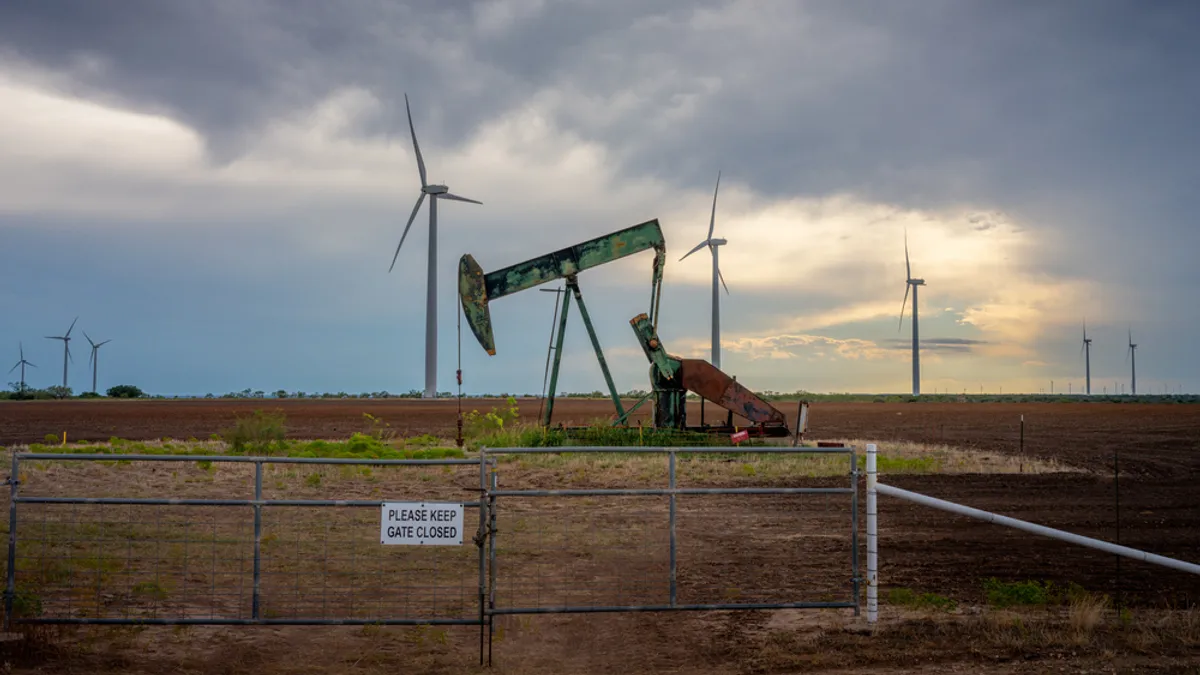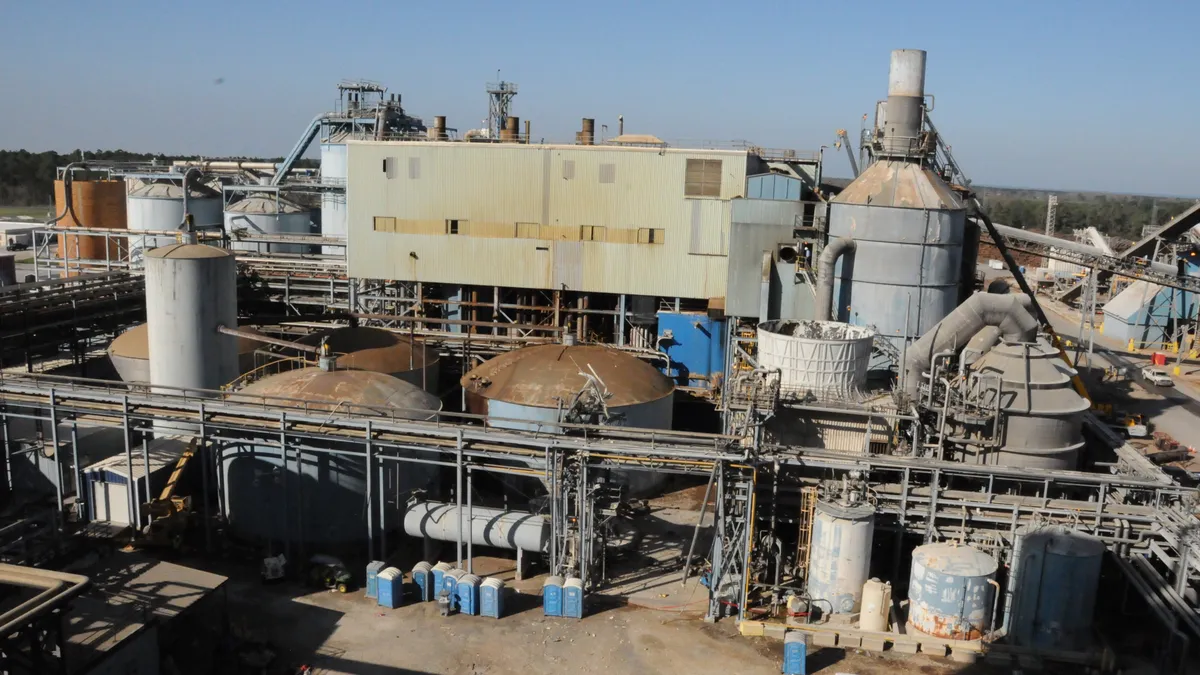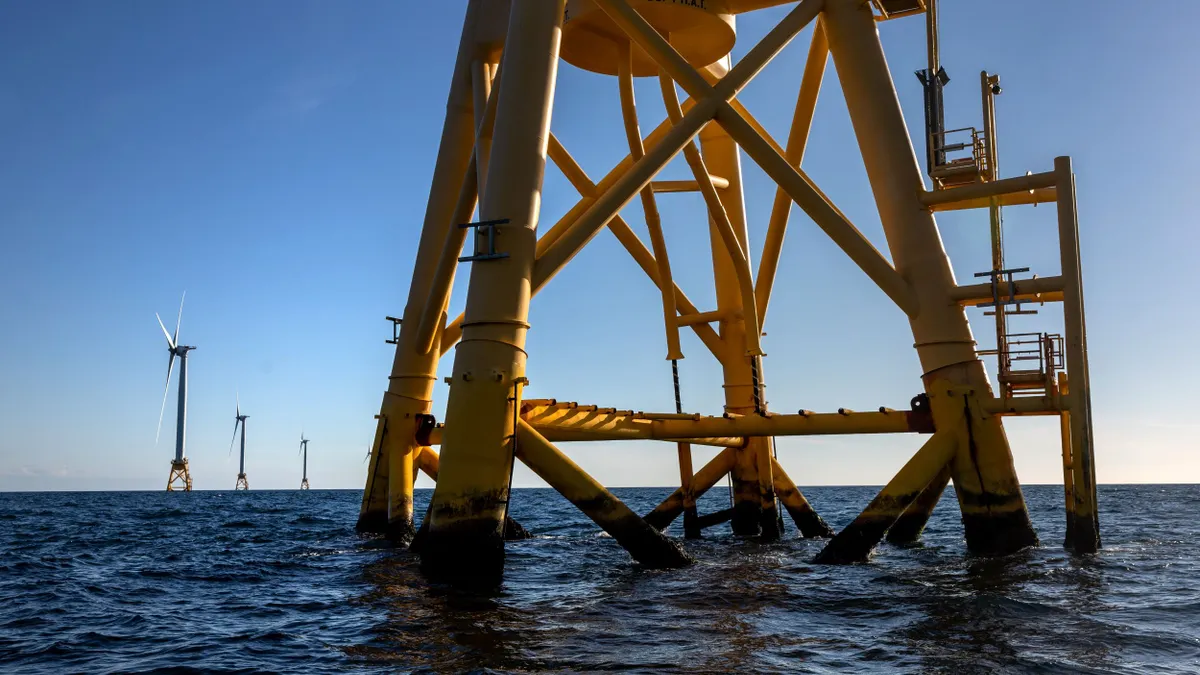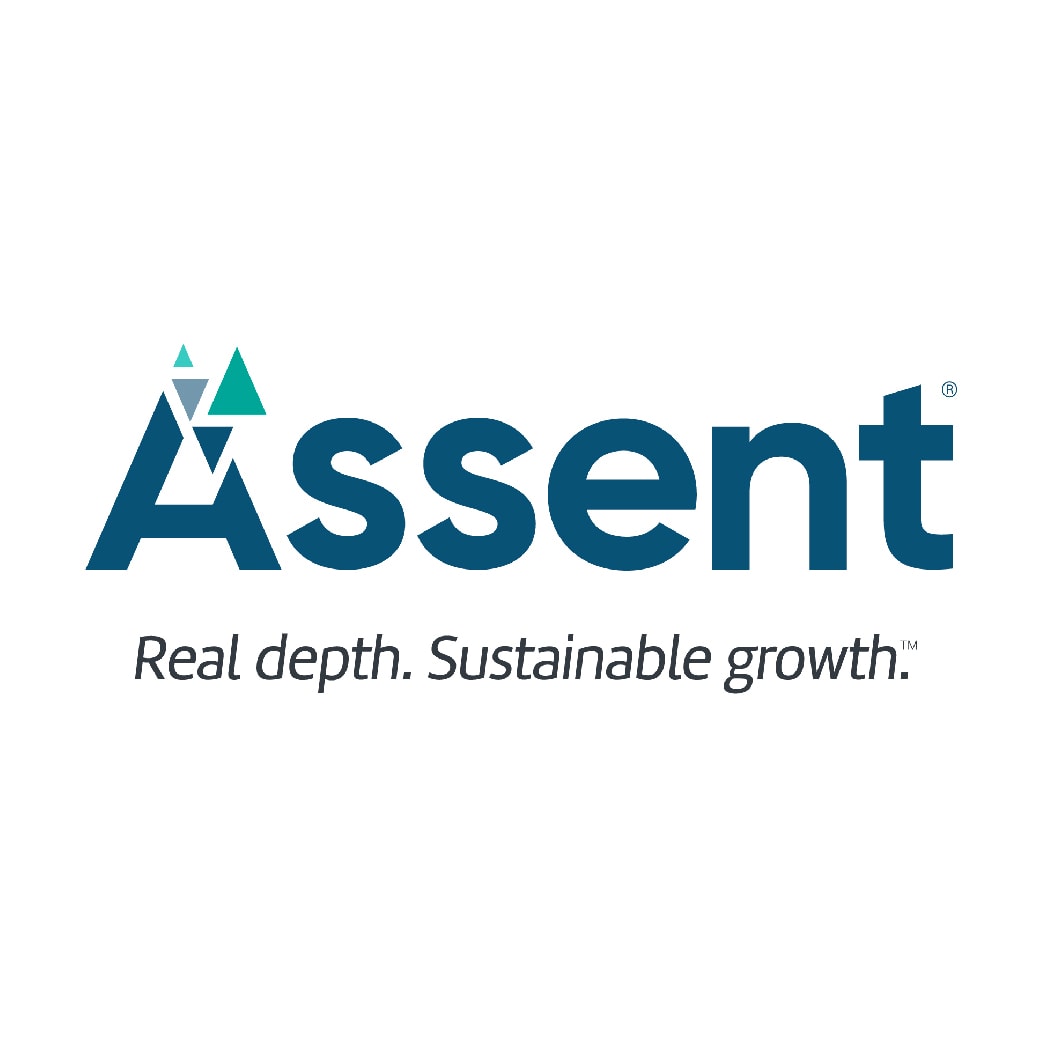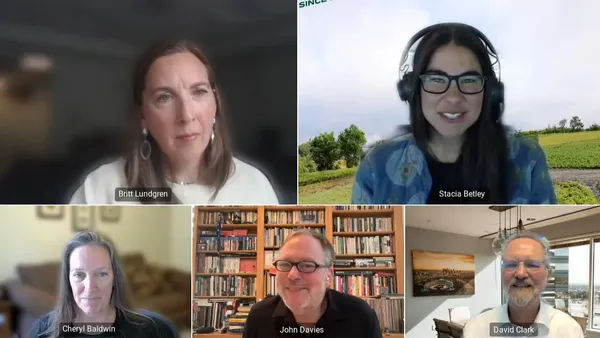While the U.S. government has reversed course on requiring additional sustainability reporting from public companies, no such walk back is in store for California’s climate disclosure laws. Corporations that do business in the Golden State will be required to disclose their climate-related risks next year, with the largest companies also required to begin reporting their emissions in 2026.
The California Air Resources Board, the agency responsible for the implementation of California’s corporate climate disclosure and carbon offset laws, reiterated in May public discussion that next year’s deadlines are here to stay.
“California is one of the few [sustainability reporting regulations] that is actually effective right now and clients have to comply with, so we continuously get a lot of questions on the California rules,” KPMG U.S. Sustainability Leader Maura Hodge told ESG Dive.
California’s Senate Bill 261 will require companies with more than $500 million in annual revenues to report their climate-related risks beginning next year. Meanwhile, Senate Bill 253 requires companies with over $1 billion in revenues to also report scope 1 and scope 2 emissions next year.
Last week, CARB said it is in the “informal, information-gathering stage” for implementing both laws and aims to develop a regulation by the end of the year. However, companies should not expect any delays to the compliance dates, Hodge and KPMG Department of Professional Practice Sustainability Reporting Leader Julie Santoro said in an interview.
“Those reporting dates are not going to be pushed back; that is abundantly clear,” Santoro told ESG Dive. “So don't pray that they will be. Start preparing.”
Editor’s note: This interview has been edited for length and clarity.
ESG DIVE: What are some of the common questions you get from clients about the California climate rules, and what are sort of the common hurdles that companies are still dealing with as those disclosure deadlines near?
JULIE SANTORO: The absolute number one question I am getting is “at what level do you need to do the reporting?” So, if you have a parent company in another country, say an European Union-based parent, do you have to prepare your reporting at the U.S. level, or can you use the kind of group or parent-level reporting? And that can be a considerable help if you're in the process of complying with other regulations in other countries.
There is room in the law for parent company relief to prepare your reporting at a higher level. What we do not know at this stage — and this is one of the questions that CARB will have to weigh in on — is the extent to which that parent relief is available and whether it matters if it's an overseas parent or whether it has to be a U.S. parent to take advantage.
I am certainly hoping that very shortly, CARB will come out with a timeline, or a schedule of workshops that it will hold with the public. At the first one held on May 29, when it became a little bit clearer what the process would be, they committed to having a series of workshops to hear stakeholder feedback and to really be transparent about their thinking as they develop the draft regulations.
There were a couple of things that caught people, maybe by surprise. One thing I've heard talking to clients was [a speculation that] if it's going to take a little while to develop the regulations, then maybe the compliance dates would be pushed back. CARB made it very, very clear that that is not happening, [those deadlines are] in the law, and that it is a 2026 reporting [deadline].
So now, that puts the pressure on all of those questions for CARB to answer, starting with the basic scoping and on the [first public consultation] call, the CARB staff were very open and said that that will be their top priority to sort out the scoping so that there's clarity there.
The other really big thing that CARB was really keen to stress was that they are expecting just good faith efforts in the first year of reporting, which kind of takes the pressure off. They know this is difficult. They know there's lots of things to clarify. They are not expecting perfect reporting in the first year, and they stress that a number of times.
MAURA HODGE: With regards to scoping, that also refers back to whether there's parent company relief that will be allowed. There's also questions around what doing business as or doing business in California means, and what that definition is, and who gets scoped in. Then also, there’s the question of how the revenue thresholds get calculated. Do you consider revenues sort of at the parent level, or at a different level as well? So there's still some clarification there that we're looking for.
How do you relay that to clients and help them prioritize compliance and answer those reporting questions, given the lack of full clarity at this point?
MH: I always go back to where we started when all of these regulations started to come together. All of the standard setting bodies started at the same place, which was really around the Greenhouse Gas Protocol, which was a set standard to measure and disclose on greenhouse gas emissions, and then the Task Force on Climate-related Financial Disclosures to talk about climate risk and opportunities.
Those became the baseline that all these different standards riffed off of, and California references both of them in the legislation and in the original bills as well. So I tell clients that those are great places to start.
If you build out your programs rooted in those two frameworks, you're going to be 80% of the way there. The differences are going to be nuances — maybe the way that you talk about some things or don’t talk about some things — but the crux of the data collection and the alignment that you need to get within your organization are all within the GHG Protocol and the TCFD.
So start there, and then you can build from there.
Even if you end up not getting scoped in for some of these other regulations, we're still seeing the pressure to report come from large companies, either because they've set scope three targets, or have recognized that they can only reach their goals or their commitments through their supply chain. We also see investors still asking questions about the impact of climate risk on your company, and how companies are identifying risks and looking to mitigate them, or trying to adapt their business in order to address what the financial obligations are.
Both the TCFD recommendations and the GHG Protocol provide inputs into that analysis, that companies should really be integrating into their enterprise risk management process to make sure that, strategically, their business is going to be able to be sustainable in the long run.
How broadly are California’s disclosure rules expected to impact U.S. companies?
MH: It is expected to scope in a lot of U.S.companies, and it'll actually scope in a lot of global companies as well. With all of that said, the larger companies that already have to report for other reasons should ideally be able to take advantage of that and use [that information] for California’s disclosures. That's the number one thing everybody's watching for.
I don't think the intent of all of this reporting was ever to create more complexity, it was actually to try to enhance reliability and consistency of information. But, unfortunately, the way that jurisdictions have been adopting reporting requirements has created a patchwork of regulations, which adds to the complexity of how companies can address all of these things and move forward.
CARB was really keen to stress was that they are expecting just good faith efforts in the first year of reporting, which kind of takes the pressure off. They know this is difficult. They know there's lots of things to clarify. They are not expecting perfect reporting in the first year.

Julie Santoro
KPMG Department of Professional Practice Sustainability Reporting Leader
Ideally, it has a minimal impact on larger companies who are already scoped in for [other sustainability reporting laws]. But I think it will pull in somewhat of a middle-market group of companies in the U.S. that might not be subject to the European regulations or regulations in other jurisdictions, but would be subject to California’s laws.
How are the compliance burdens different for a company who will have to report to other jurisdictions now or in the future and will now also report to California, as opposed to a U.S. company who will only have to report to California?
MH: California's reporting requirements are very narrow in scope compared to the rest of the world. They are very specific, whereas European Sustainability Reporting Standards and the International Sustainability Standards Board require reporting on all of your material topics and material issues, risks and opportunities, as well as impacts in some instances. So the impact on U.S.companies, for those who are not reporting in those other areas, is really just to do reporting around climate.
The measurement requirements for greenhouse gasses and the disclosure requirements will be consistent across all companies. But with TCFD, the variation comes in through the analysis, the nature of the company, the size of the company and the impact of these things on the company.
The concept of materiality is still relevant to the disclosures and the information that's put out there. So, I think it is obviously yet to be seen to what extent CARB talks about materiality, in terms of what is the material information that companies should be talking about and how they evaluate that as they're looking to enforce the rules in the future.
It's kind of like the difference between, I'm going to make one statement to say “I have no climate risks,” versus a 50-page TCFD report. The right answer for all companies is sort of somewhere in the middle. But how big or how small [that report is] is highly dependent on how a company is thinking through these risks and their responses to them.
What are the common things you're hearing from clients about what they want to get out of the rest of CARB’s public discussions?
JS: There is the basic scoping, who is in? How do you define revenue? And then the question of parent relief, or at what level do you need to do this reporting?
The other thing that I'm having discussions about is with companies who are already getting ready to report under [the ISSB’s framework or ESRS] in the EU. They are asking “can I use those frameworks to measure my emissions or to report my climate risks? How much flexibility do I have in terms of other things that I'm already preparing?”
From CARB’s perspective, the fact that they are relying on good faith efforts in the first year shows its priority is certainly the questions that focus on [a company’s] basic scope and basic reporting before [CARB examines potential] flexibility on the framework.
What advice would you leave companies with?
MH: We're seeing companies make the mistake of thinking regulatory uncertainty means they have more time. I think companies feel a little bit either paralyzed because they're not sure how to move forward, or think “I have all this extra time, therefore I'm just going to wait until I have more information.”
My response to that and recommendation is don't wait. It's not going away, and you're going to be in a much better position if you get 80% of the work done now, while you have the time and the breathing room. Once all of the regulation is fully clarified, you can adjust and top it up from there, but I don't think it's time wasted to start with the Greenhouse Gas Protocol and TCFD reporting
JS: My point is actually similar, but coming from the technical side. It became really clear to me that, as CARB goes on this journey to develop the regulation, the public consultation that they had that ended in March was just phase one.
Going forward, everybody needs to be really invested in monitoring the discussions and taking part. CARB was really encouraging and said, “We want to hear from people about these issues.” All of us need to be helping CARB understand what are the most important issues that need to be dealt with first.






